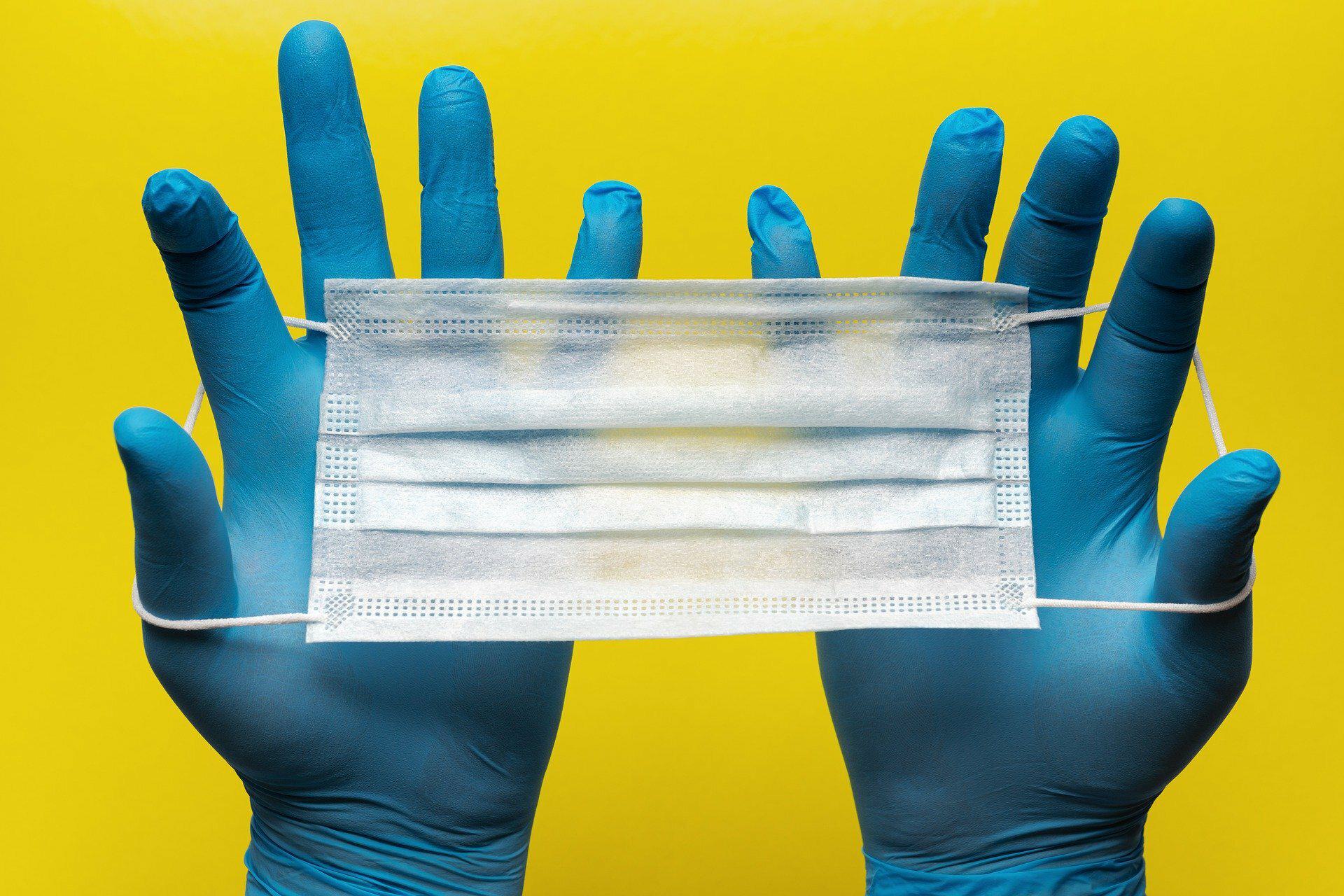
Just as the FDA is responsible for drug and pharmaceutical approvals, they also regulate all medical devices for sale in the United States. The Center for Devices and Radiological Health (CDRH) is a Center of the FDA responsible for reviewing and classifying all medical devices sold in the US to ensure they are safe and effective for all consumers. With over 6,000 types of devices to regulate from hospital curtains to complex AI-based robotic devices, this is no small job. In times of crisis such as what we are experiencing now with the COVID-19 outbreak, the FDA has to focus on two things: 1. Thoroughly review new devices to make sure they are safe, and 2. Get new devices through the review process as quickly as possible so that the general public can reap the benefits.
According to the FDA's website, "depending on the device classification, along with other factors, federal regulations (such as the Code of Federal Regulations, Title 21) define requirements that must be fulfilled for CDRH to approve or clear devices sold in the United States." Each device is put into one of three categories based on their level of perceived risk, with Class I including the lowest risk devices and Class III including devices with high risk. The class of a medical device determines what regulatory submissions are required to gain approval through the FDA, such as 510(k)s, Premarket Applications (PMAs), and more. Other factors that may be required to gain market clearance include conducting clinical trials, establishing proper manufacturing design controls, establishing safe and effective manufacturing Quality Management Systems (QMS), passing FDA-conducted audits, and more.

How does this process change during a pandemic, such as the COVID-19 outbreak? The FDA has the option to issue what is called an Emergency Use Authorization (EUA) which is a legal means for them to quickly approve new devices or drugs during a public health emergency without following the normal established processes. The FDA Commissioner can allow previously unapproved medical devices or unapproved uses for those devices to treat, diagnose, or prevent life-threatening diseases (such as COVID-19) when are there are no other adequate, approved or available alternatives on the market.
- On February 4, 2020, the Secretary of Health and Human Services (HHS) declared that the COVID-19 outbreak was considered a public health emergency and the circumstances were enough to justify the approval of emergency in vitro diagnostics to detect and/or diagnose the virus. Click here to access the full declaration.
- On March 24, 2020, the Secretary of HHS made another EUA declaration authorizing the emergency use of medical devices including alternative product to be used as medical devices during the COVID-10 outbreak. This authorized the emergency use of ventilators, anesthesia gas machines modified for use as ventilators, positive pressure breathing devices modified for use as ventilators, and other devices and accessories to be used as or with ventilators.
- On March 31, 2020, the FDA announced that molecular-based laboratory developed tests (LDTs) that are authorized for use by the singular developing laboratory would be accepted to protect the public. Under this EUA tests are authorized for use in the single lab that developed them to perform high complexity tests.
Since this pandemic is happening in real time, things change on a daily basis. Check back often for updates on what the FDA is doing to help in the growing fight against COVID-19. You can also call the FDA COVID-19 hotline 24 hours a day at 1-800-INFO-FDA and choose option *.